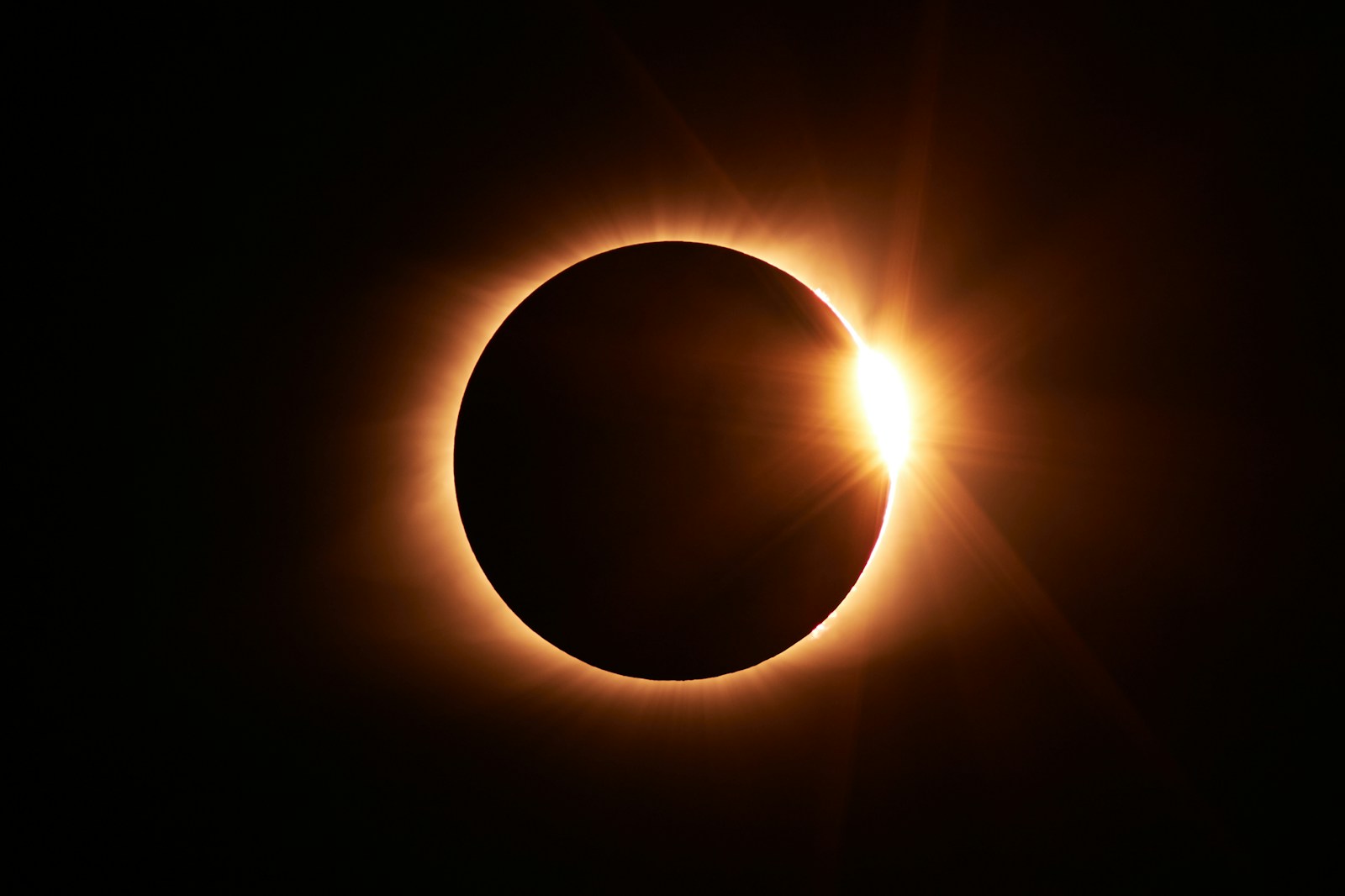Picture the realm of physics as a vast, unexplored universe, filled with enigmas that challenge our present comprehension. In this cosmos, there exists a phenomenon so peculiar, it has captivated the curiosity of scientists for over half a century. This phenomenon is known as the Allais effect, a name that heralds the enigmatic behavior of pendulums and gravimeters observed during the surreal moments of a solar eclipse. The journey into the depths of the Allais effect begins in the mid-20th century, under the observant eyes of Maurice Allais, a French polymath whose intellectual ventures spanned across various fields. Yet, it was his fascination with the physical world that led him to discover an anomaly that would challenge the bedrock of gravitational theory.
The Allais Effect: Mysterious and Controversial
The scene is set during the solar eclipse of June 30, 1954, when Allais reported an anomalous precession of the plane of oscillation of a Foucault pendulum. This observation was not an isolated incident. Allais noted a similar anomaly during another solar eclipse in October 1959, utilizing the paraconical pendulum he invented. These findings, shrouded in the mystery of the cosmos, earned Allais the 1959 Galabert Prize of the French Astronautical Society and recognition from the U.S. Gravity Research Foundation. But what makes the Allais effect so enigmatic and compelling is not just the phenomenon itself, but the whirlwind of controversy and debate it has stirred within the scientific community.
The Allais effect purports that the behavior of pendulums or gravimeters undergoes detectable variations when bathed in the shadow of an eclipse. Maurice Allais emphasized the ‘dynamic character’ of these effects, distinguishing them from mere deviations explained by traditional gravitational theory. Instead, these observations suggested a dynamic phenomenon, tied not to the intensity of weight, but to its variation in the space swept by the pendulum. This revelation hinted at a gravitational anomaly, a deviation from the expected that could not be easily reconciled with established theories.
As curious as the initial findings were, the path to understanding the Allais effect has been anything but straightforward. Scientists across the globe have embarked on quests to replicate Allais’ observations, yielding a tapestry of results that range from confirmation to confusion. Romanian physicist Gheorghe Jeverdan and colleagues observed what came to be known as the Jeverdan effect during a solar eclipse in 1961, suggesting potential explanations rooted in the Moon’s interaction with the Sun’s gravitational field. In a similar vein, experiments by Erwin Saxl and Mildred Allen during the solar eclipse of 1970 reported strong anomalous changes in the period of a torsion pendulum, further challenging the gravitational status quo.
The intrigue of the Allais effect has not been limited to pendulum experiments. Observations have extended to atomic clocks and gravimeters, devices intimately tied to the force of gravity. Experiments conducted during solar eclipses in China, India, and again in China showcased significant anomalous gravitational effects, adding layers to the enigma. Furthermore, collaborative efforts during solar eclipses in the early 21st century, involving teams from Ukraine and Romania, detected unexplained disturbances that reinforced the notion of a phenomenon at play, one that eludes the grasp of current scientific understanding.
For every stride toward confirmation, there were steps that led to doubt. Not all experiments aligned with the anticipated anomaly. Instances of inconclusive or negative results cast shadows of skepticism over the Allais effect. For example, Louis B. Slichter’s use of a gravimeter during a solar eclipse failed to detect any associated gravitational signal, and similar disappointments followed during the solar eclipses of 1990 and 1999. These mixed results have nurtured a landscape of controversy, where the veracity of the Allais effect teeters on the edge of scientific acceptance.

The Allais Effect: the Quest for Understanding
As we delve deeper into the heart of this scientific odyssey, it becomes evident that the Allais effect represents more than just anomalous pendulum swings. It embodies the spirit of inquiry and the relentless pursuit of knowledge that defines the scientific endeavor. The quest to unravel the Allais effect is a testament to the mysteries that lie in wait, challenging our understanding and inviting us to look beyond the horizon of current theories. In the following sections, we will continue to explore the contours of this controversy, the hypotheses that have been proposed, and the ongoing quest for a deeper understanding of the universe’s hidden forces.
The controversy surrounding the Allais effect is not just about the phenomenon itself but touches on the very foundations of physics and our understanding of gravity. It challenges the conventional wisdom and encourages a broader dialogue among the scientific community, highlighting the importance of open-minded inquiry and the willingness to question established norms. The spectrum of experimental results, ranging from confirmation to skepticism, has contributed to a rich and complex narrative, showcasing the diversity of scientific investigation and interpretation.
One of the central elements in understanding the Allais effect is the role of experimental replication and the quest for consistency in observations. The mixed results obtained from various experiments across the globe serve as a reminder of the challenges faced when trying to capture and study subtle and elusive phenomena. These endeavors, marked by both triumphs and setbacks, reflect the dynamic and evolving nature of scientific exploration, where answers often lead to new questions.
The ongoing quest for understanding the Allais effect is a testament to the curiosity and perseverance of the scientific community. It embodies the spirit of exploration and the desire to uncover the mysteries of the universe, no matter how daunting the task may seem. This pursuit is not just about solving a scientific puzzle but about pushing the boundaries of knowledge and expanding our understanding of the natural world.
Looking to the future, the journey to unravel the secrets of the Allais effect continues, driven by the hope that further experiments and research will shed light on this enigmatic phenomenon. The quest is a reminder of the endless possibilities that lie ahead in the realm of scientific discovery, inviting us to keep exploring, questioning, and marveling at the wonders of our universe. The Allais effect, with all its controversy and intrigue, remains a fascinating chapter in the annals of science, a beacon of mystery that continues to spark the imaginations of those who dare to look beyond the horizon.
Related posts:
Allais effect
Link between Allais Effect and General Relativity’s Residual Arc during Solar Eclipse
Modified Theory of Relativity (Part 2). The Allais Effect Solved





